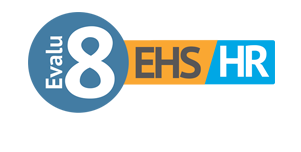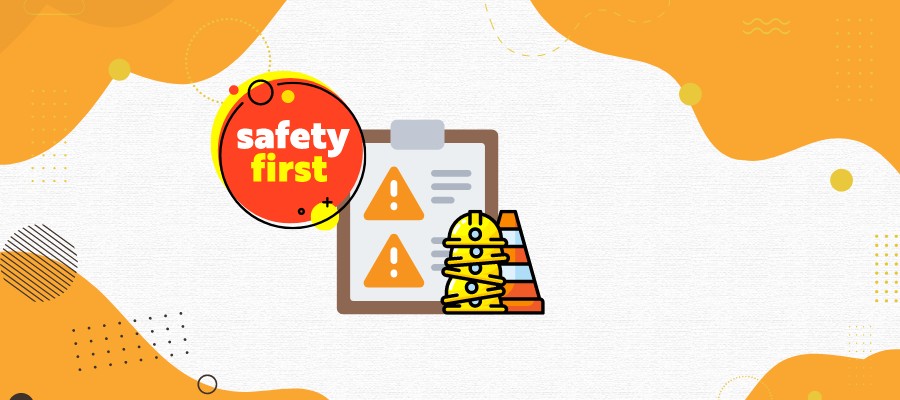1. Establish a Strong Safety Culture
A strong safety culture is the foundation of any risk mitigation strategy. By fostering a workplace environment that prioritizes health and safety, employees are more likely to be vigilant and proactive in identifying potential hazards. This begins with management demonstrating a commitment to safety through clear communication and providing the necessary resources for training, equipment, and policy development.
1.1 Compliance and Regulations
Adherence to compliance and regulations is vital in creating a safety-conscious business. Regularly review relevant laws and industry standards to ensure your organization is meeting and exceeding requirements. This not only minimizes risks but also protects your business from potential fines, legal issues, and reputational damage.
1.2 Safety Policies and Procedures
Develop comprehensive safety policies and procedures that are easily accessible to all employees. These guidelines should cover hazard identification, risk assessment, incident response, and emergency preparedness. Regularly review and update these documents to ensure they remain current and relevant.
2. Conduct Regular Risk Assessments and Audits
2.1 Hazard Identification
Proactive risk management starts with identifying potential hazards in the workplace. This can include anything from malfunctioning equipment to inadequate lighting or slippery surfaces. Encourage employees to report any hazards they encounter, and conduct regular inspections to identify and address potential risks.
2.2 Safety Audits and Inspections
Performing regular safety audits and inspections allows you to assess the effectiveness of your current risk mitigation strategies and identify areas for improvement. By systematically evaluating your workplace, you can prioritize actions and resources to address the most pressing issues.
3. Implement Risk Control Measures
3.1 Workplace Safety
Once hazards have been identified and assessed, implement appropriate risk control measures to minimize their impact. This may include engineering controls, such as installing guards on machinery, or administrative controls, like rotating job tasks to limit exposure to repetitive strain injuries.
3.2 Emergency Preparedness and Business Continuity Planning
Preparation is key when it comes to managing unforeseen incidents or emergencies. Develop an emergency preparedness plan that outlines procedures for evacuations, medical emergencies, and natural disasters. Additionally, create a business continuity plan to ensure your organization can continue operations in the event of a major disruption.
4. Prioritize Training and Communication
4.1 Safety Training
Invest in regular safety training for all employees. This not only equips them with the knowledge and skills to perform their tasks safely, but it also reinforces the importance of a safety-conscious work environment. Training should cover hazard identification, risk assessment, and proper use of personal protective equipment (PPE).
4.2 Risk Communication
Effective risk communication is essential in maintaining a proactive safety culture. Keep employees informed about safety updates, new procedures, and potential hazards. Encourage open dialogue and provide opportunities for feedback to ensure everyone feels comfortable discussing safety concerns.
5. Monitor and Review Your Risk Mitigation Strategies
5.1 Safety Performance Indicators
Measure the success of your risk mitigation efforts by monitoring safety performance indicators, such as injury rates, near-miss reports, and safety audit results. Regularly reviewing these metrics will help you identify trends and areas for improvement, allowing you to adjust your strategies accordingly.
5.2 Continuous Improvement
Risk mitigation is an ongoing process, and it is essential to continually review and refine your strategies. Encourage a culture of continuous improvement by soliciting feedback from employees, analyzing safety data, and staying informed about industry best practices.
Embrace Proactivity for a Safer Workplace
By adopting a proactive approach to risk mitigation, your organization can significantly reduce the likelihood of accidents and incidents. By fostering a strong safety culture, conducting regular risk assessments and audits, implementing appropriate control measures, prioritizing training and communication, and monitoring and reviewing your strategies, you can create a safer, more productive work environment. In doing so, your business will not only protect its employees and assets, but also enhance its reputation, reduce potential legal liabilities, and ensure long-term success.
Remember, the key to effective risk mitigation is continuous improvement and adaptation. Stay informed about industry developments, emerging risks, and technological advancements that can further enhance your safety practices. By committing to proactivity, you can become a true safety-conscious business leader and ensure the wellbeing of your employees and organization as a whole.



